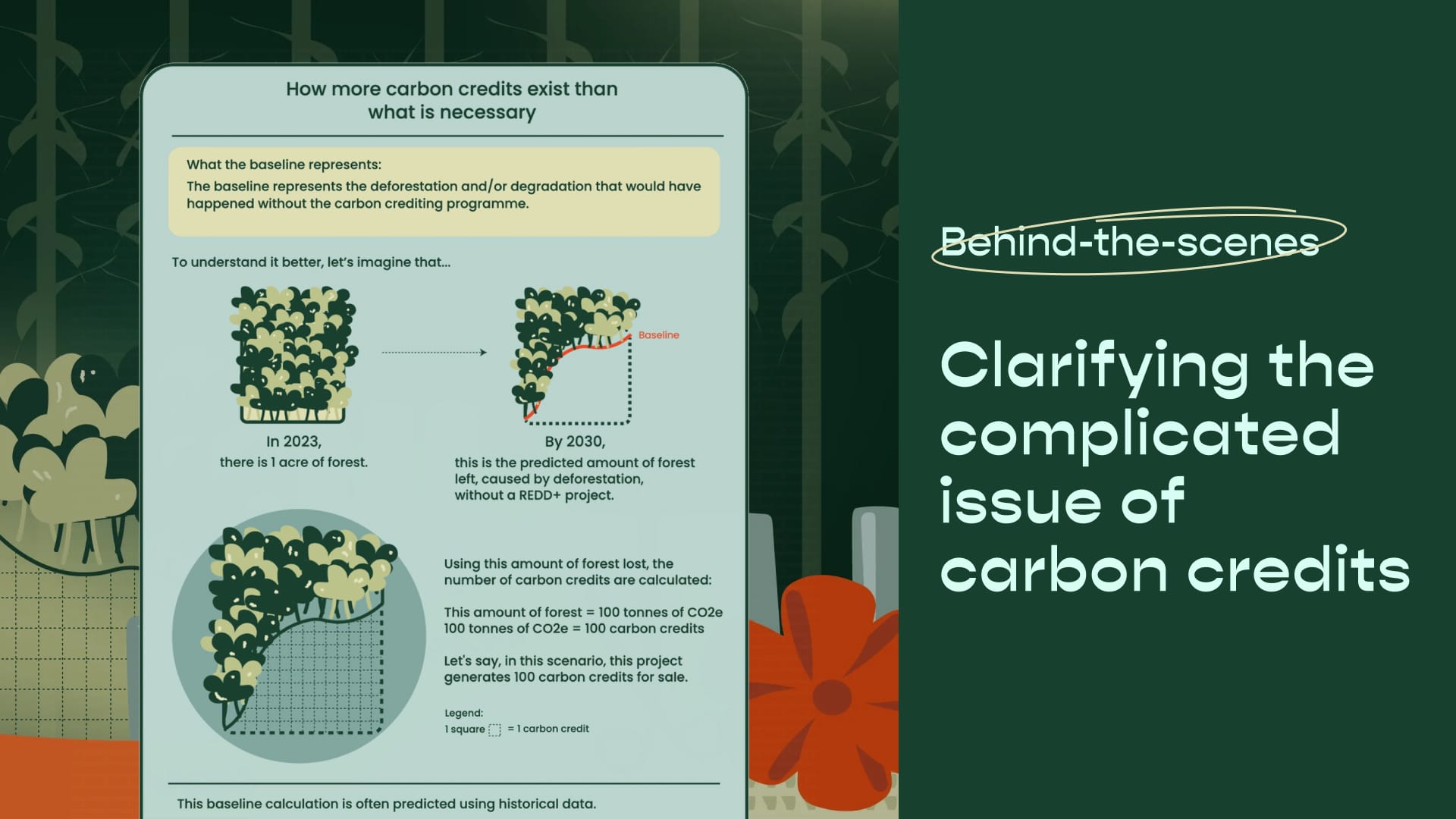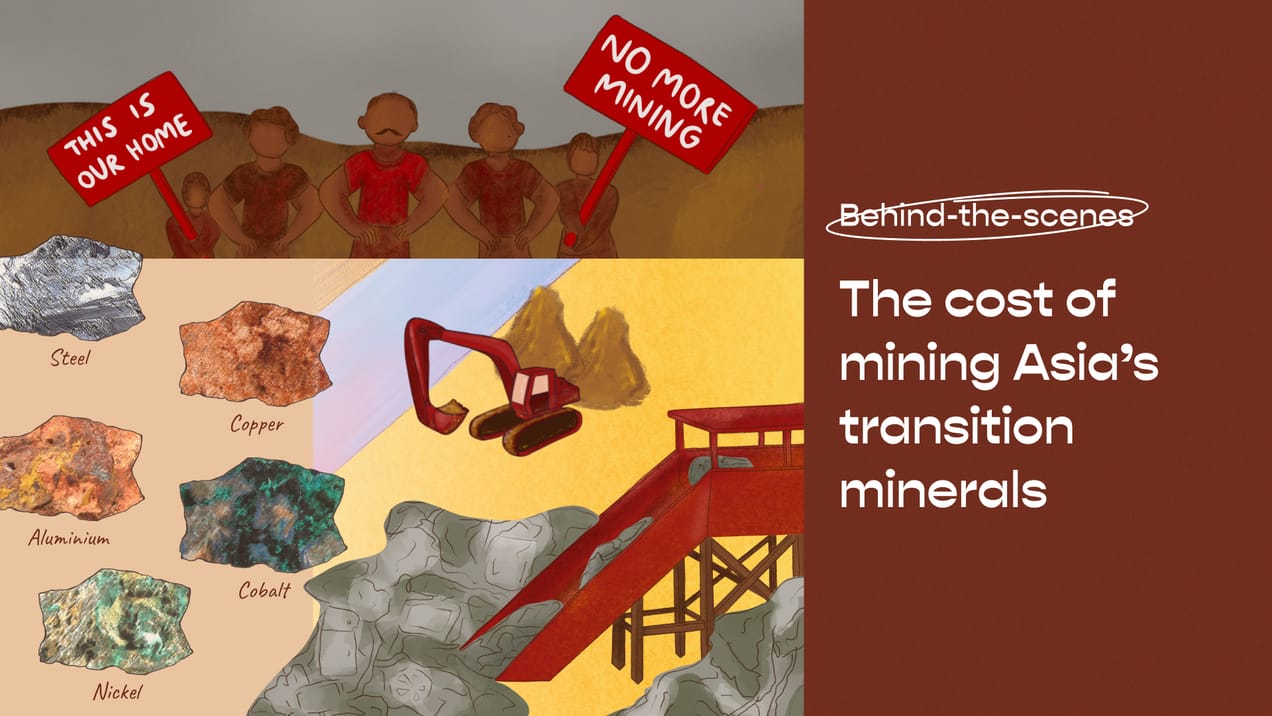
Clarifying the complicated issue of carbon credits
In this article, we share our process of creating our data-driven explainer about the voluntary carbon market and Singapore’s role in it. We break down how we turned a large and complex concept into a more digestible piece. This story was written in collaboration with the Earth Journalism Network, with additional support from SourceMaterial and Southeast Asia Globe.
Our latest environmental story is an in-depth explainer about carbon credits and the voluntary carbon market. It was initiated by Internews’ Earth Journalism Network, which is a global network of environmental journalists and media outlets. The goal was to highlight the inconsistencies and impacts of the voluntary carbon market, which is a system that looks great on paper but in reality is quite flawed.
The voluntary carbon market, or even just the business of carbon credits in general, is notoriously complex and difficult to understand. Even as someone who keeps an eye on news about carbon credits, I found it challenging to gather the information required and arrange it into a readable draft.
There was a lot of content and new terms to explain, but I knew the story had to be written succinctly. For more difficult or complicated concepts, our team also felt the need to explain them visually rather than with text, to enable faster understanding. How did we do this?
The first step was gathering information online. This wasn’t too difficult—plenty of information and even databases with quantitative data about carbon credits pop up with a Google search.
However, to get more insightful details (and a little help in organising our research), we also worked with UK-based publication SourceMaterial, a media outlet within the Earth Journalism Network. The journalists of SourceMaterial gave us helpful information, even offering us key details of what they had researched thus far. They also connected us with journalists from Southeast Asia Globe, who graciously shared their on-the-ground experiences and interviews they had conducted during their trip to the Southern Cardamom area in Cambodia, which is the location of one of the most controversial carbon offsetting forest programmes.


